$14.99 – $19.99Price range: $14.99 through $19.99
Large: Approx. 4.5 cm x 2.5 cm | Weight: ~22 grams
Small: Approx. 2.5 cm x 3.5 cm | Weight: ~11 grams
This Roman-style Bronze Fibula is a reconstructed artefact from early Imperial Rome, based on archaeological designs from the first to third centuries AD. It is designed to tie cloaks, robes, or tunics and has a unique curved bow and flared head, which are common features of fibulae discovered across the Roman provinces. This sculpture is distinguished by its lost-wax cast construction, an ancient process used by Roman metalworkers to create finely detailed, long-lasting bronze artefacts. The end product is a brooch that not only secures your outfit with historical accuracy, but also stands as a tribute to ancient craftsmanship.
Whether worn during historical events, museum presentations, or as a collector’s item, this Bronze Fibula exemplifies Roman identity and sophisticated functional design. They use a hand wound spring in the same manner as the original, rather than a modern latch. Lost-wax casting, also known as cire perdue, is an ancient metalworking technique used to make complicated artefacts.
A wax model of the item is first made, encased in a heat-resistant mold, and then melted out, leaving a hollow cavity. Molten metal is then poured into this mold. Once cooled, the mold is broken, and the solid metal object is revealed.
This process, widely used by Roman artisans, ensures that each piece carries fine detail, subtle textures, and unique character that cannot be achieved through modern mass production methods.
Feaatures:
Material: Pure bronze, cast using the lost-wax method
Design: Historically accurate Roman bow fibula
Finishes Available:
Polished Bronze – clean, warm tone with natural sheen
Antique Bronze – aged patina for a time-worn look
Functionality: Working pin and catch system for secure fastening
Use Case: Cloaks, shawls, tunics, robes, and costume layering
Please note: As each piece is individually lost-wax cast and hand-finished, slight variations in surface texture and color are natural .
Care Instructions:
Wipe gently with a soft cloth after use
Avoid chemical polishes—use dry metal cloths to preserve patina
Store in a cool, dry environment to prevent excess tarnishing
Do not bend the pin or expose it to excessive mechanical stress


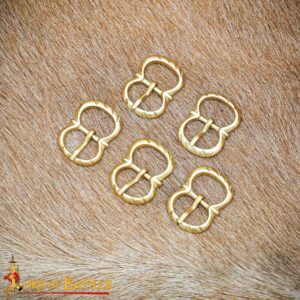



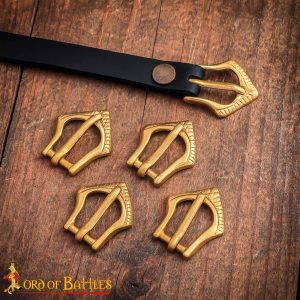
This Roman-style Bronze Fibula is a reconstructed artefact from early Imperial Rome, based on archaeological designs from the first to third centuries AD. It is designed to tie cloaks, robes, or tunics and has a unique curved bow and flared head, which are common features of fibulae discovered across the Roman provinces. This sculpture is distinguished by its lost-wax cast construction, an ancient process used by Roman metalworkers to create finely detailed, long-lasting bronze artefacts. The end product is a brooch that not only secures your outfit with historical accuracy, but also stands as a tribute to ancient craftsmanship.
Whether worn during historical events, museum presentations, or as a collector’s item, this Bronze Fibula exemplifies Roman identity and sophisticated functional design. They use a hand wound spring in the same manner as the original, rather than a modern latch. Lost-wax casting, also known as cire perdue, is an ancient metalworking technique used to make complicated artefacts.
A wax model of the item is first made, encased in a heat-resistant mold, and then melted out, leaving a hollow cavity. Molten metal is then poured into this mold. Once cooled, the mold is broken, and the solid metal object is revealed.
This process, widely used by Roman artisans, ensures that each piece carries fine detail, subtle textures, and unique character that cannot be achieved through modern mass production methods.
Feaatures:
Material: Pure bronze, cast using the lost-wax method
Design: Historically accurate Roman bow fibula
Finishes Available:
Polished Bronze – clean, warm tone with natural sheen
Antique Bronze – aged patina for a time-worn look
Functionality: Working pin and catch system for secure fastening
Use Case: Cloaks, shawls, tunics, robes, and costume layering
Please note: As each piece is individually lost-wax cast and hand-finished, slight variations in surface texture and color are natural .
Care Instructions:
Wipe gently with a soft cloth after use
Avoid chemical polishes—use dry metal cloths to preserve patina
Store in a cool, dry environment to prevent excess tarnishing
Do not bend the pin or expose it to excessive mechanical stress








Enjoy 24/7 customer support from our dedicated team. We're always here to assist you with any questions or issues, ensuring a smooth and reliable shopping experience, anytime, anywhere.
Global shipping from our world-wide warehouse network. We guarantee fast and secure deliveries to any location, ensuring your medieval gear arrives quickly, no matter where you are.
Shop without worrying about hidden fees. All international orders are free from customs duties, making your purchase simple and hassle-free, with no extra charges.


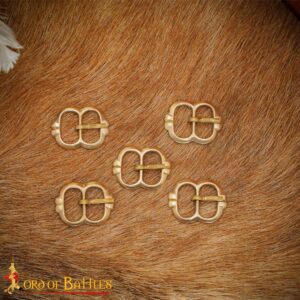
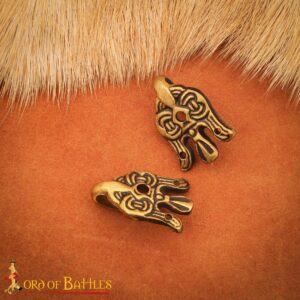




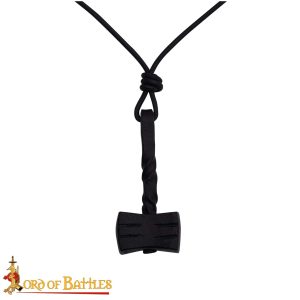



You are browsing from . For a better experience, we recommend visiting Medieworld.